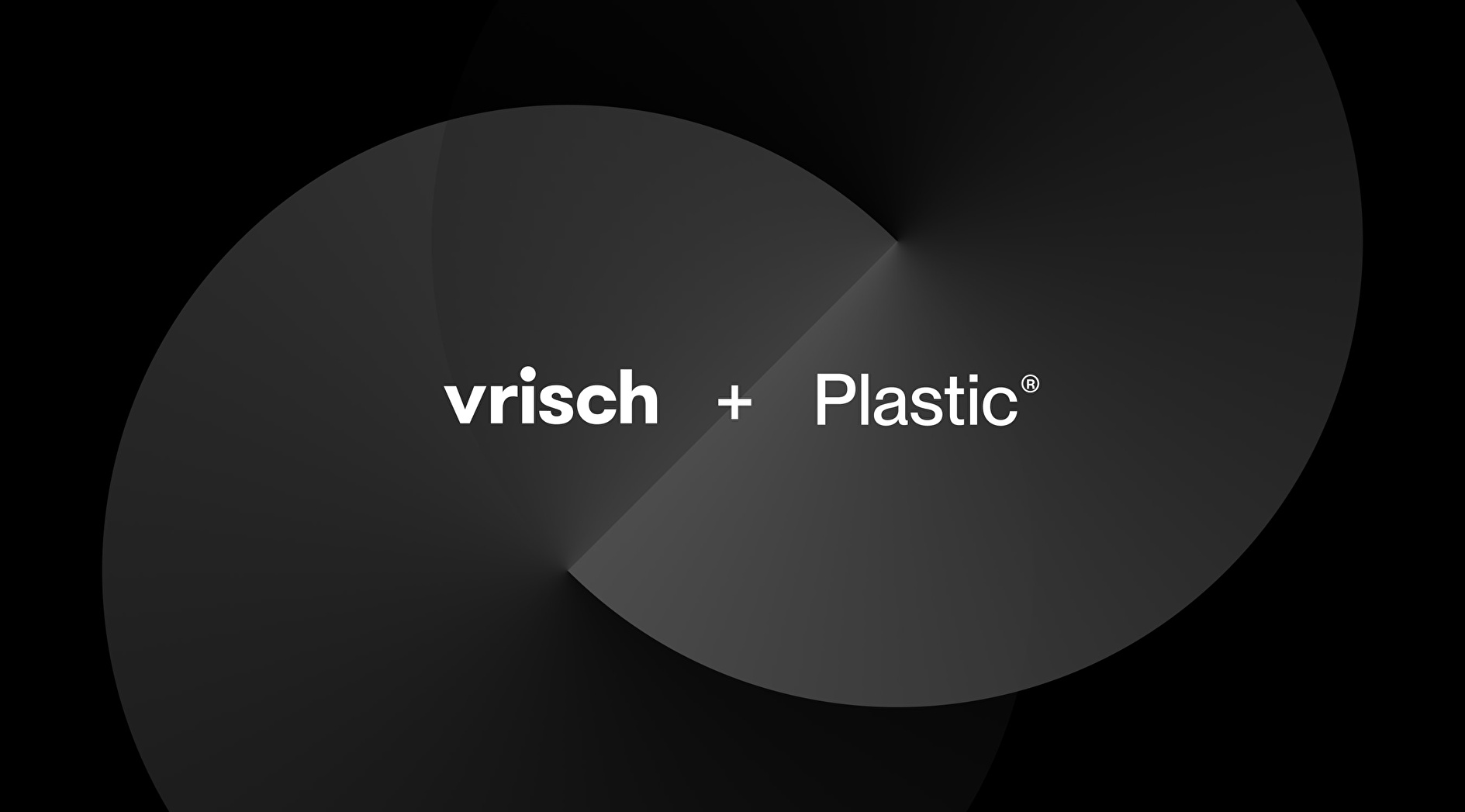Present.
Exploring the limitless possibilities of VR, AR, and XR technologies.

Unlocking the full
potential of VR, AR, XR
technologies: Benefits
and Opportunities.
Virtual reality (VR), augmented reality (AR), and mixed reality (XR) have been used in various fields to enhance user experience and provide innovative business opportunities. Here are some of the benefits they offer:
Immersive and Exciting Experiences: Users can immerse themselves in virtual environments and experience unique and unforgettable situations. For example, in education, students can learn about the history of a civilization by virtually visiting a historical site, and in tourism, visitors can explore a destination without physically being there.
Increased Interaction and Engagement: Engage with virtual elements and information in a more realistic and captivating manner, providing a higher level of comfort and speed in the learning or purchasing process. In the retail sector, customers can virtually try on clothes before buying them, and in healthcare, patients can learn about their medical condition in a more interactive and personalized way.
Risk and Cost Reduction: Allows to train employees in virtual environments, reducing the cost and risk of training in real-world environments. In the construction sector, for example, workers can learn about hazards and safety in a virtual environment before starting real work.
Increased Productivity: VR and AR have been shown to improve employee productivity, especially in the manufacturing sector. Working with augmented reality allows workers to complete tasks more efficiently and with fewer errors.
Time and Resource Optimization: These technologies can significantly lower the cost of training, service, assembly, design, and other parts of the value chain. They can also substantially cut manufacturing costs by reducing the need for physical interfaces.
New Business Opportunities: Create fresh avenues for business growth and enable the development of innovative products and services. In the gaming industry, developers can create more immersive and exciting gaming experiences, and in advertising, more attractive and personalized advertising campaigns can be created.
Beyond the goggles:
Accessible VR and AR
implementation for digital
products.
The integration of VR and AR has revolutionized the way companies engage with their customers. It's not unusual for brands and companies to perceive the integration of this tech as complex, expensive and requiring specific gadgets or devices.
However, it's worth nothing that nowadays there are affordable ways to implement these technologies into digital products and services without the need for additional elements such as VR glasses.
Let's say you are planning a trip and want to choose the perfect hotel. With VR technology, you can virtually visit the hotel and its surroundings from the comfort of your own home without using VR glasses. You can walk through the lobby, explore the rooms, and check out the view from your balcony. This can help you make a more informed decision about where to stay.
Another example is the automotive industry. Car manufacturers can provide potential buyers with a virtual tour of the car's interior and exterior without requiring them to physically visit a dealership. This allows customers to see the car's features up close and make a more informed decision about which model to buy.
Integrating these tools into digital products doesn't have to be complicated or costly, they are more accessible and affordable than ever before. Companies can use them to provide immersive experiences and improve customer engagement without requiring a significant investment in expensive hardware or software.

Our partnership with
vrisch brings immersive
experiences to
customers.
This partnership brings together the best of talent and technology. Our goal is to enhance the value of our clients' products and services by providing innovative and personalized immersive experiences. With vrisch, we can design and develop any type of immersive branded content that offers a unique and interactive experience for users. This partnership opens up new possibilities for visualizing complex information and engaging with customers in exciting new ways.
If you’re interested in a project like this, drop us an email to hello@plastic.design. We would be happy to hear from you!







